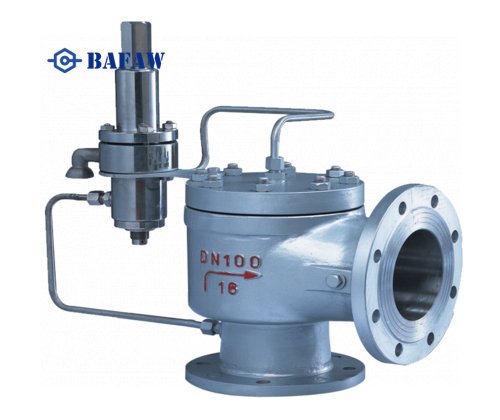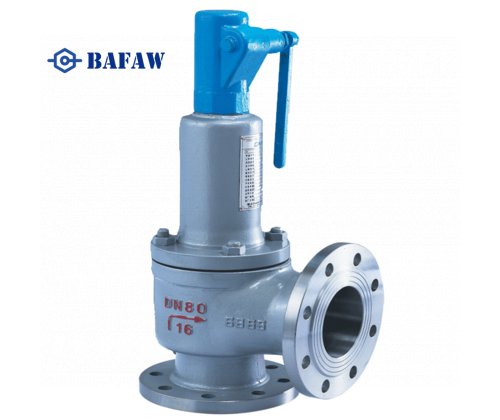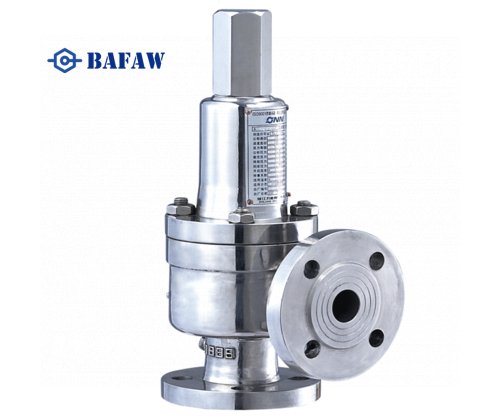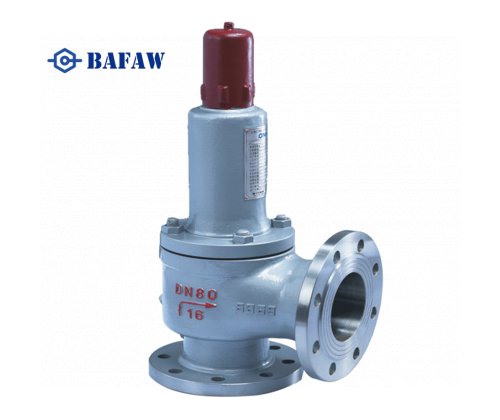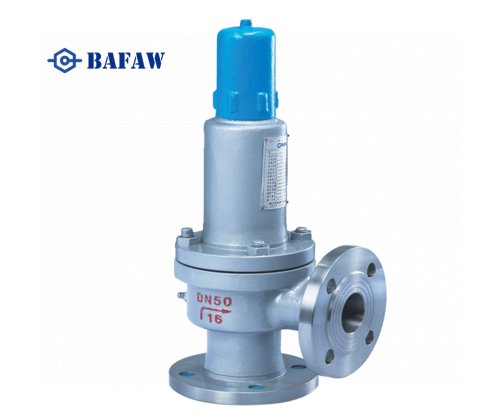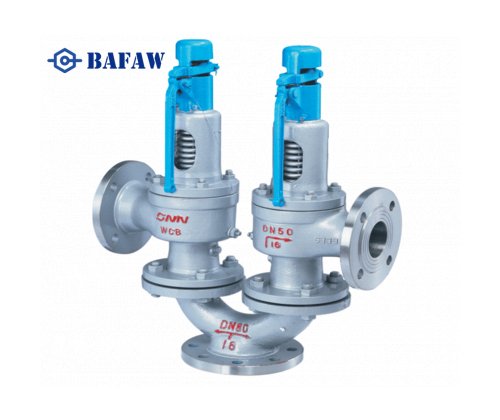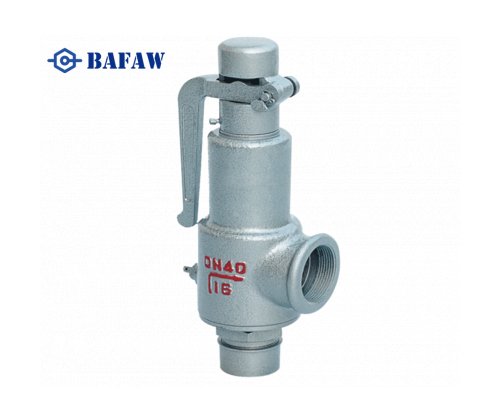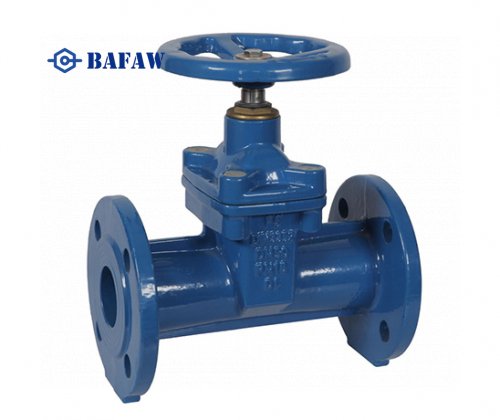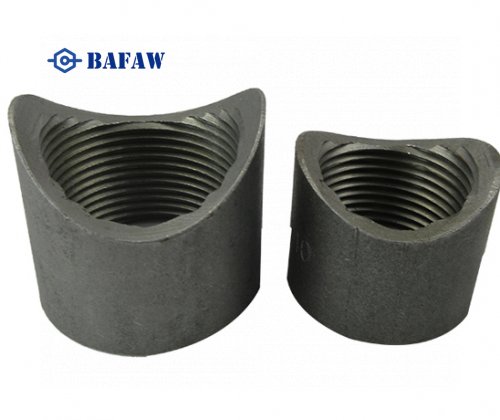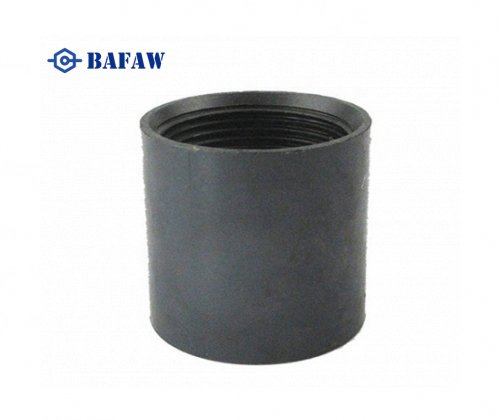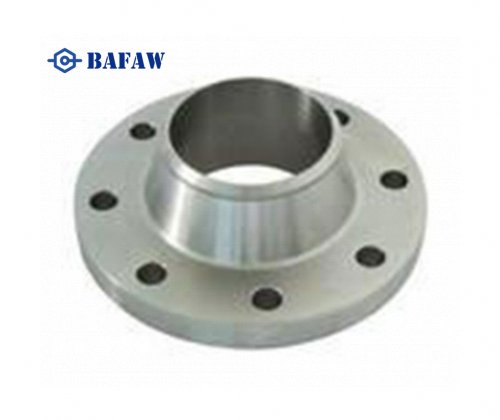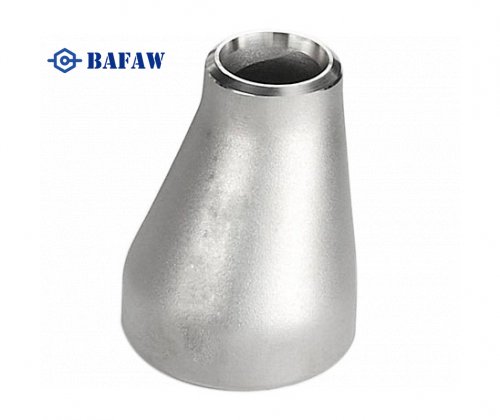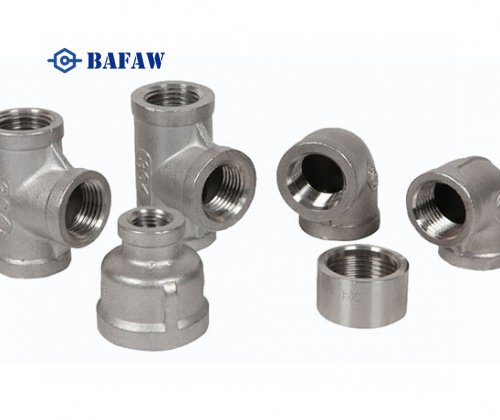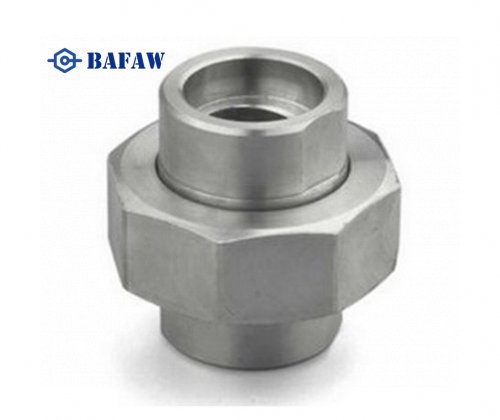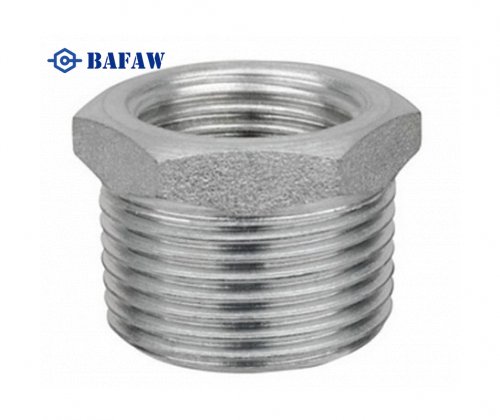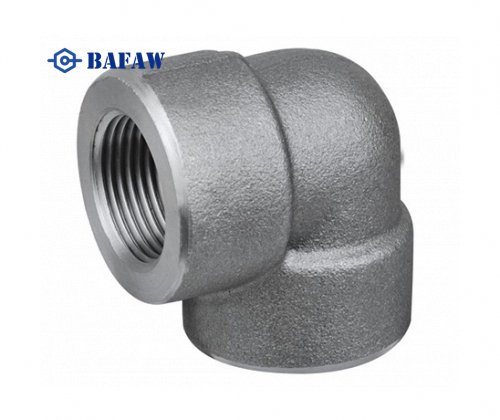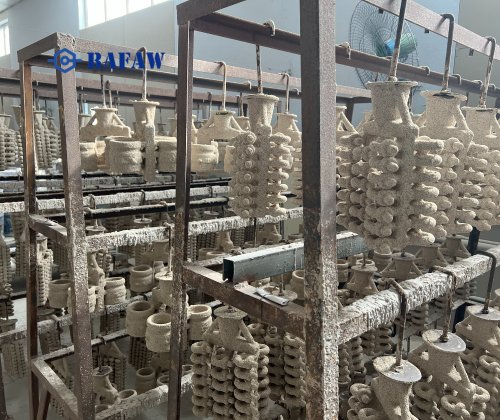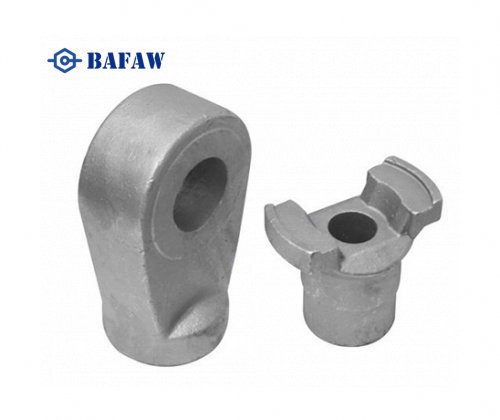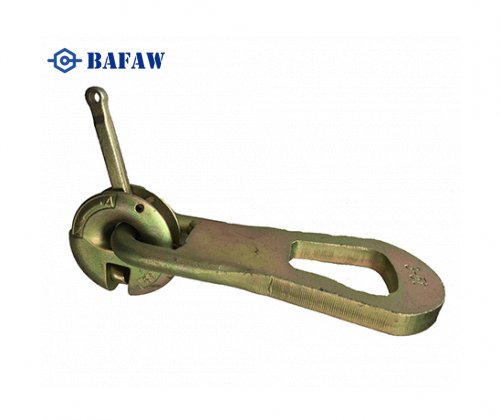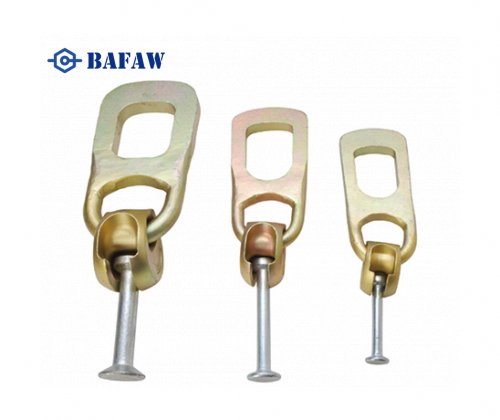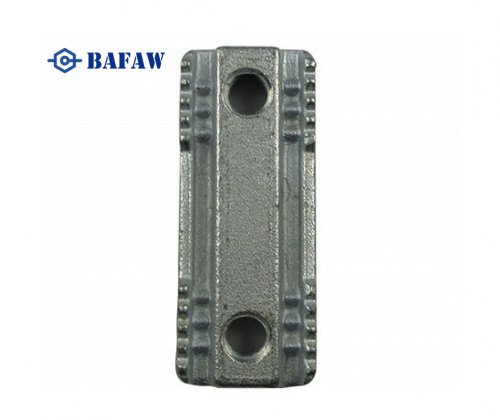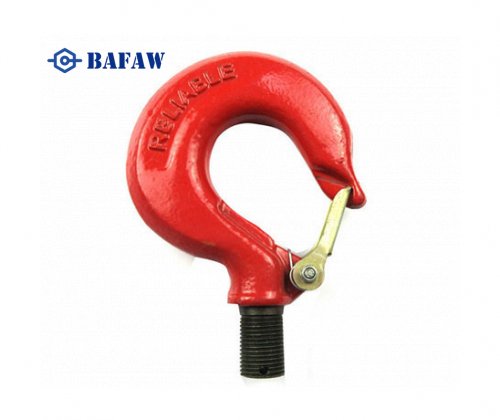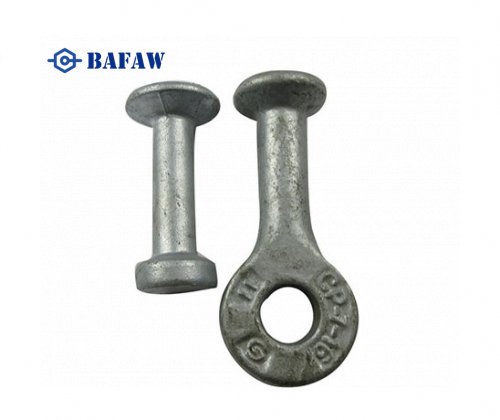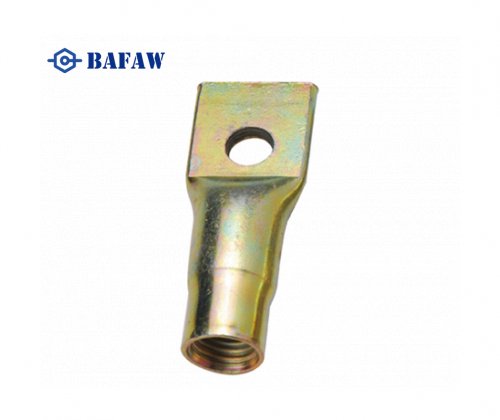Swing checks have been the unsung workhorse of water, wastewater, and industrial lines throughout the United States. They’ve worked on and established similar systems overseas. Their basic construction features a bonnet, hinge, disc, and body. This design allows them to prevent backflow in one-way systems, making them a mainstay for gravity-fed drains and consistent, low-pressure applications.
As more pipelines and infrastructure are built, the demand for safe, reliable valves is increasing. This continues to translate into an impressive outlook for swing check valves. Powerful new materials, designs, and technologies are redefining what these valves do and where they belong.

Advanced Materials on Horizon
Today, manufacturers are experimenting with new metallic and non-metallic alloys to develop swing check valves. These high-tech materials are more durable and more corrosion-resistant. This is a huge win for smart places, including our water treatment plants and chemical manufacturers!
These valves are constructed with more robust metals and advanced plastics. That’s why they’re more durable and perform better—which saves you money on repairs and downtime. Take oil and gas outfits, for example, who could deploy these new valves into pipelines that put up with nasty crap daily.
Keeping ahead of these changes is well worth it! Investing in higher quality materials today means less costly, less disruptive, and more efficient work tomorrow.
Designs for Greener Operations
Green design is becoming a real focus in the valve industry. Fabricators today design valves to consume less energy and create less waste during manufacturing. Other recent designs reduce drag, allowing flow to pass with less force, enabling large configurations to comply with environmental regulations and reduce costs.
Companies are working to incorporate more recycled materials and produce valves that can be repaired or reused to reduce the demand for new materials. This advances compliance with stringent regulations and cuts the footprint these valves have on the planet.
Future Valve Tech Glimpses
Tech will continue to impact valves, and there are important developments on the horizon. Smart sensors and IoT connections can monitor flow, detect leaks, and alert maintenance crews before systems fail.
Looking ahead, swing check valves could receive smart accessories to allow remote monitoring or connections to other automated plant systems. This increase in control can make large, complex sites operate more efficiently and safely.
It allows swing check valves to get in step with broader technology trends.

Conclusion
Swing check valves are the unsung heroes that labor in pump rooms and water lines throughout the United States. They minimize backflow and maximize safety, simplicity, and flow. Choose the proper size and type, you prevent a ton of headaches down the road. Plumbers, plant techs, engineers—all the folks with real-world jobs—trust these valves every day. Sure, they require an occasional inspection, but that’s simply prudent maintenance. Buy known brands, stay within specs and you’ll get decades of service from one. For San Francisco and other areas with challenging marine environments or urban infrastructure, swing valves excel. Have a specific project in mind, or just looking to learn more? Share your experiences or inquiries in the comments section. Let’s continue to converse and support one another.
Frequently Asked Questions
What is a swing check valve used for?
A swing check valve, a common type check valve, is essential for preventing backflow in water, sewage, and HVAC systems across the country.
How does a swing check valve work?
A hinged disc inside the swing check valve design swings open when there is fluid flow and then closes if the flow reverses, ensuring effective backflow preventers.
Where should I install a swing check valve?
Where should I install a swing check valve? These valves are commonly used at pump discharges, water supply lines, and in residential and commercial building sump pump systems for effective backflow prevention.
Are swing check valves good for San Francisco’s water systems?
Yes. As it stands, San Francisco’s municipal and residential water systems depend on swing check valve operation. These valves ensure unrestricted flow design, keeping backflow at bay and protecting our local water quality.
What are the main maintenance steps for swing check valves?
Remove any debris to ensure that the swing check valve operation remains effective, make sure that the valve disc is free to move, and replace gaskets or seals that are worn out.
What materials are swing check valves made from?
Bronze, stainless steel, and cast iron are among the most popular materials for swing check valve design. Proper check valve selection should consider the type of fluid conveyed, fluid pressure, and any California local codes and ordinances.
Can swing check valves handle sewage or wastewater?
Yes, but select models that are specifically engineered for solids and debris. Across the Bay Area, wastewater systems typically rely on swing check valve operation for effective backflow prevention.

















